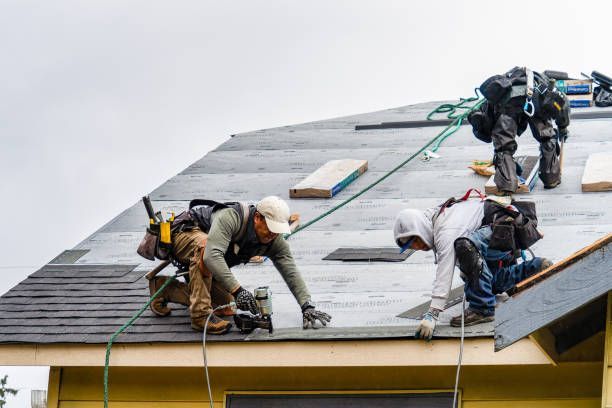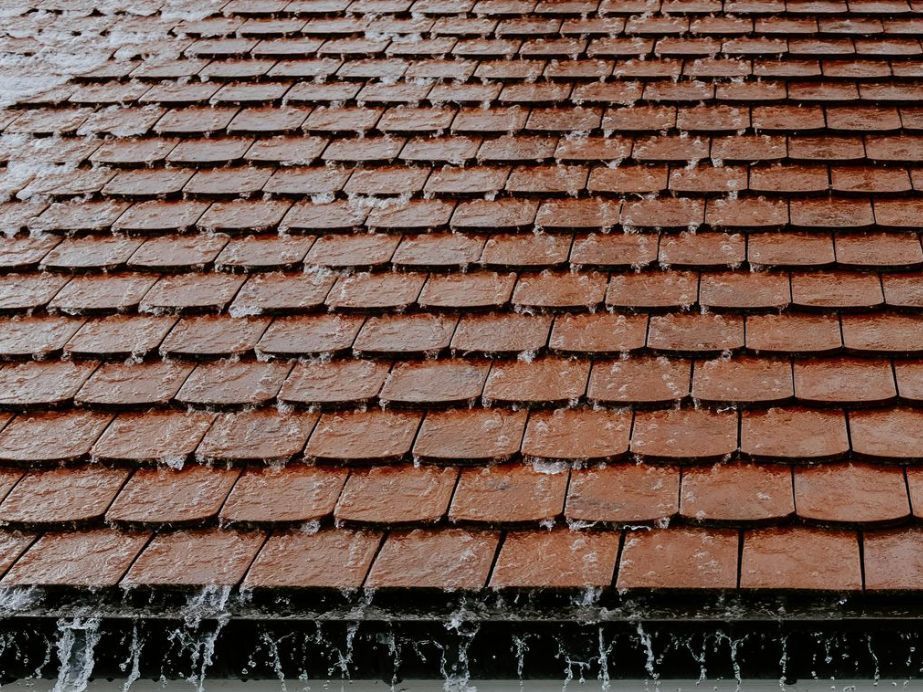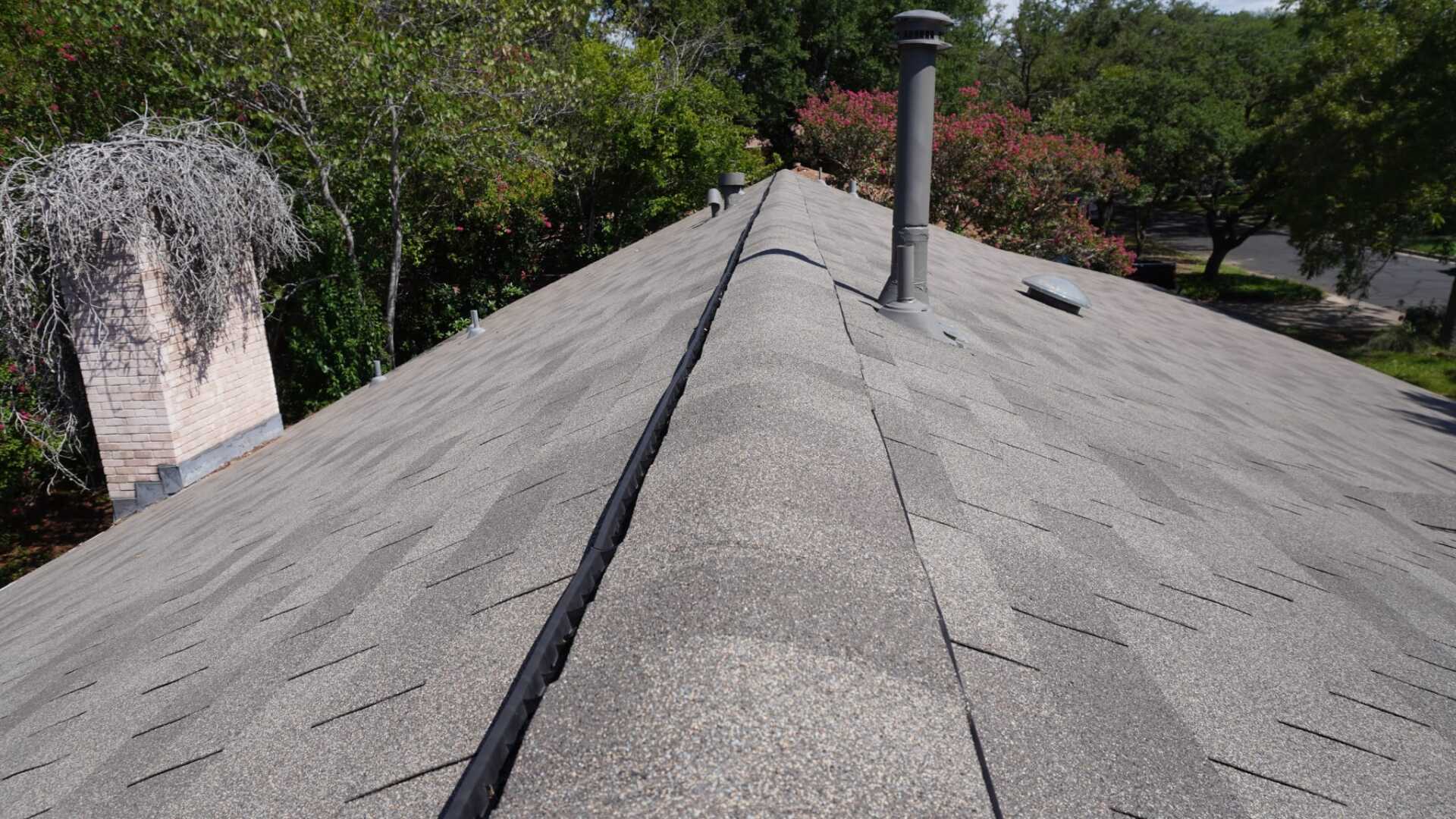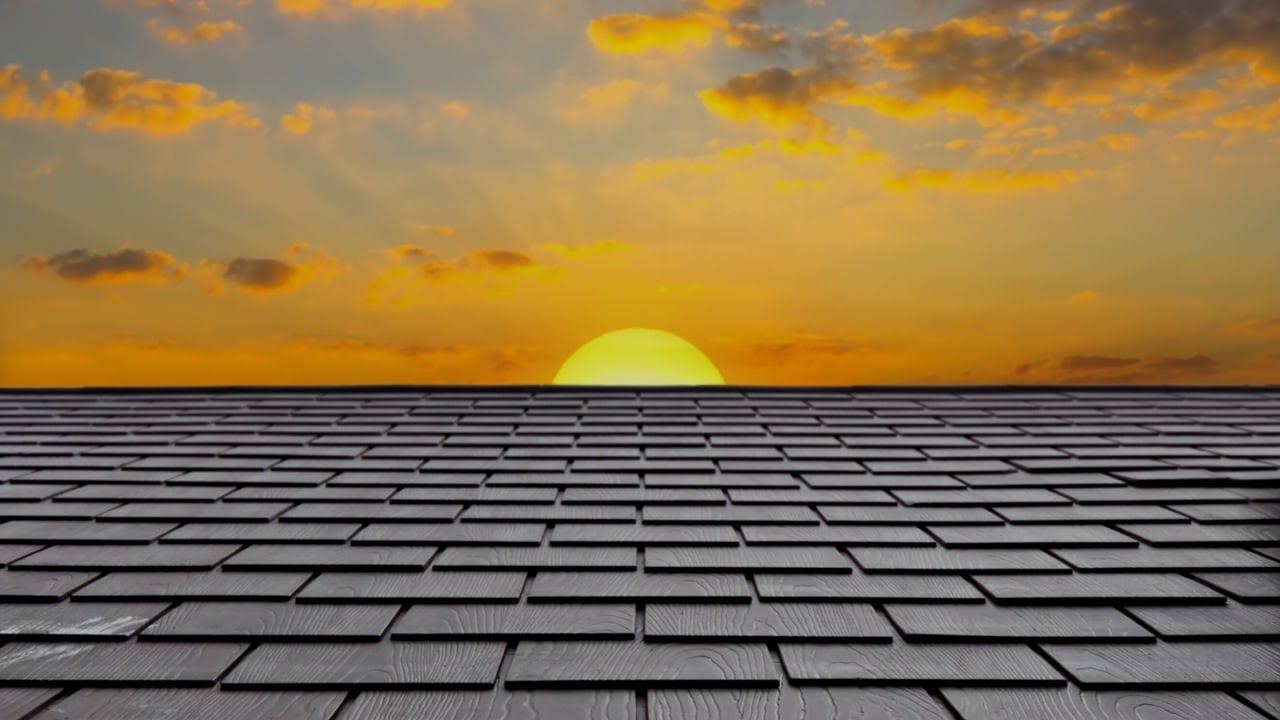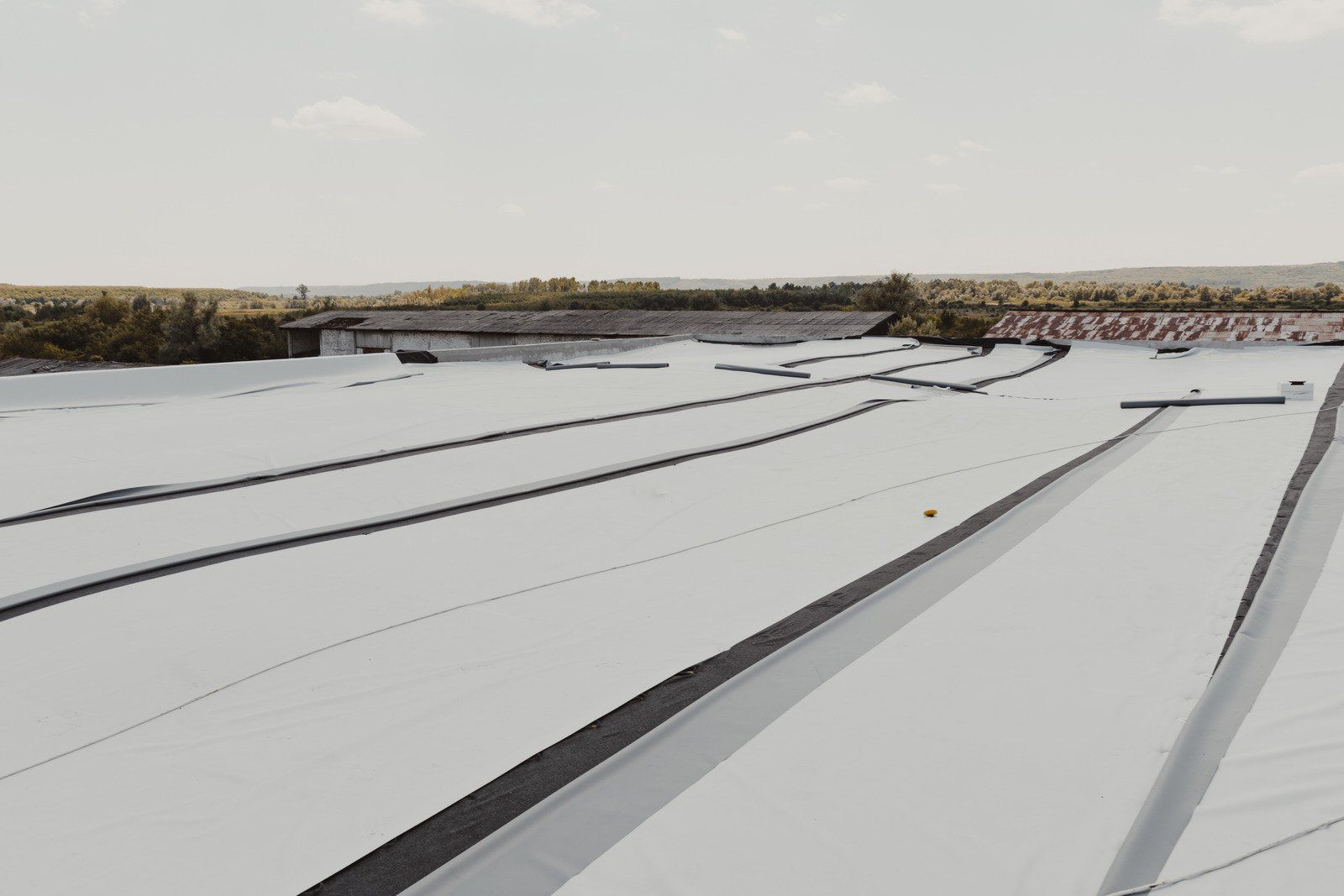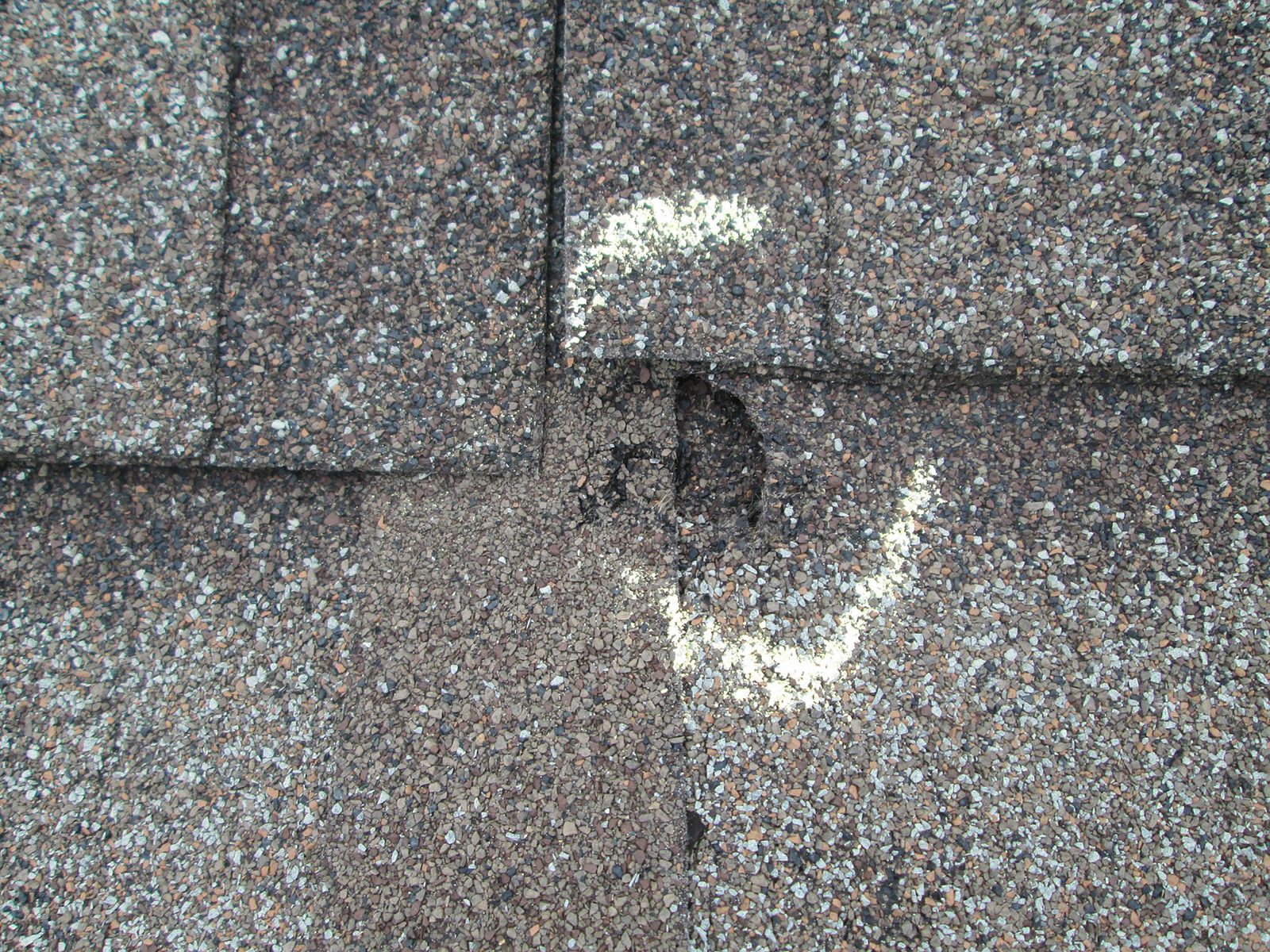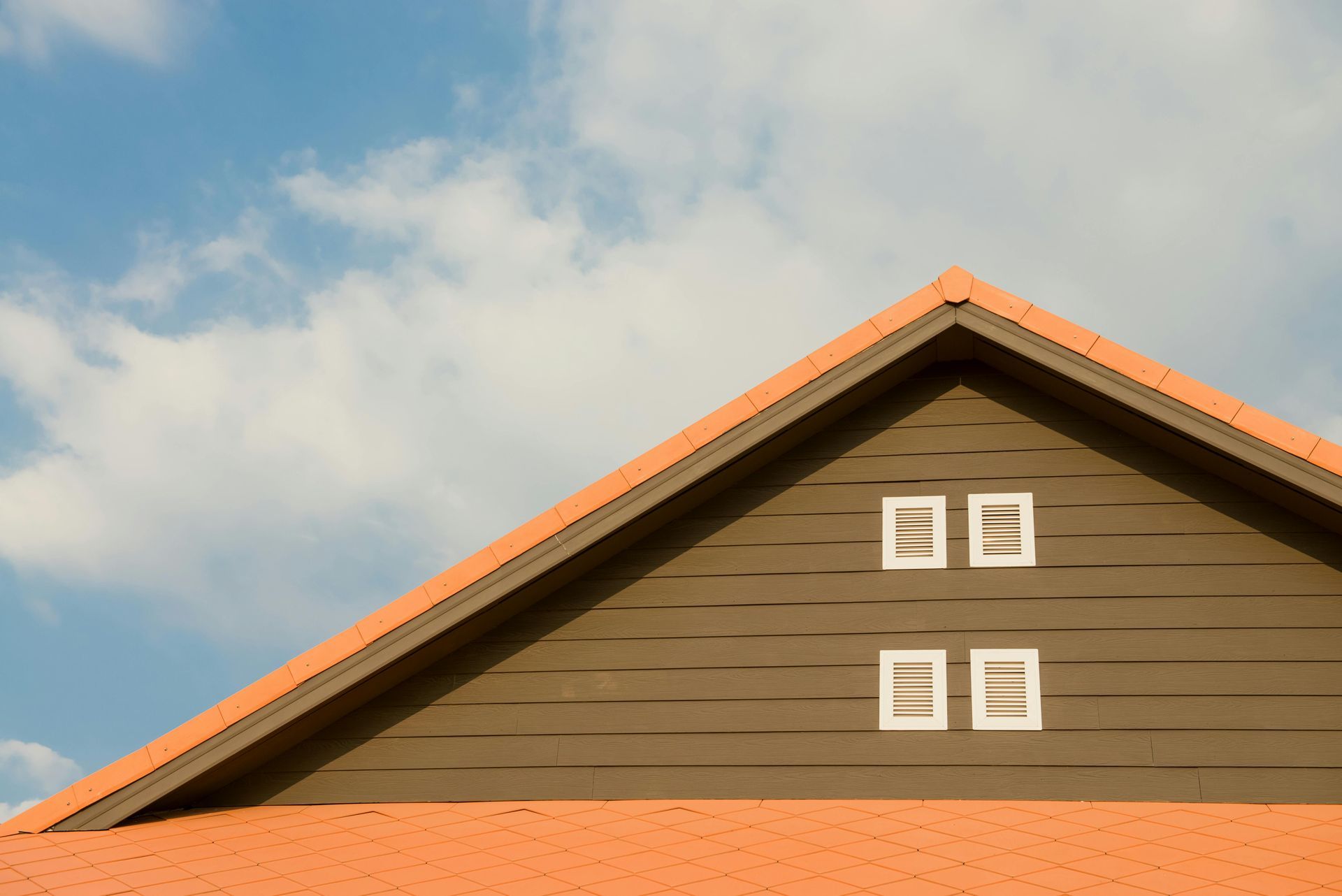Ceramic Tile Roof
Installing Ceramic Roofing Tiles
The roof is one of the most important parts of the house that your contract needs to give special attention to. This is because the roof has a lot of influence on the temperature regulation of the house; the roof also contributes hugely to the safety of the house. Your roof protects from harsh weather like blizzards, strong winds even the scorching sun during summer. Most people look for materials that can complement the beauty of their homes without compromising the house's integrity.
There are several materials used in the making of roofing tiles. They are generally made from materials such as metal, plastic, slate, terracotta and even ceramic. Roof tiles are generally designed to protect your home from rainwater, with practically all materials used are waterproof. Ceramic tile roofing can also be referred to as clay tile roofing and are probably the most common type of roofing used. Ceramic roofing tiles are preferred by most owners because of their durability as they can last between 50 to 100 years and are also good temperature regulators.
Unlike other roofing materials, the use of clay roofing tiles for your house could be a little tricky. For this, you may need to employ the services of an experienced roofing contractor with specialties in dealing with ceramic tiles. For residents of Austin, Texas, you do not have to worry about finding qualified personnel. Up On a Roof, roofing company has been part of the Austin roofing industry for the last two decades.
Benefits of using ceramic-tile roofing for your home
Durability
With a lifespan ranging from 5- to 100 years, this roofing material can be the best investment you make for your home. These tiles are also waterproof and resistant to rot, making them extremely durable. They can only serve you for long if you take good care of them right from installation. Clay roof tiles do not wear out due to water damage from exposure to ice, snow or even rain after a storm. Some of the ceramic tiles on the market are even frost resistant, making them the best option for the colder season or cold environments where the ice and frost are known to damage most types of roofing materials.
When it comes to being fire-resistant, this is your best choice. Clay tiles do not produce any toxic fumes or smoke when exposed to high temperatures; this is because they do not burn.
Low Maintenance
The initial cost for purchasing and installing these tiles is higher compared to other versions such as metal and shingles. However, you do not have to worry much about the maintenance cost. This is because clay roofing tiles require very little maintenance throughout their lifespan. Being resistant to stain, the only maintenance you may find yourself doing is washing the tiles along the surface.
Temperature Regulation
Clay roofing tiles are probably one of the best performers when it comes to the regulation of rooftop temperatures. Proper installation of these ceramic tiles allows for airflow beneath the tiles. This flow helps to regulate the general temperature of the roof, especially during the hot season. The cooler your roof, the cooler your home effectively reducing the energy bills spent on your air conditioner.
Attractive
Ceramic tiles can be customized into shapes and colors of your choice. With this feature, you are able to come up with the most beautiful finishing for your home. Their attractive nature has also been known to enhance the overall beauty of your home, especially for homes with stone or brick siding.
With the benefits of this roofing material locked down, you can now search for the best contractors to get the job done. When you search ceramic roofing company Austin, on the Google business listings, Up On A Roof is one of the best choices you can pick for your 24hr roofing services. Before getting their services, here are some basics you need to grasp about ceramic tile roofing to be able to keep track of the installation process.
Installing Ceramic Tile Roofing
This is a very delicate material that you are handling, and you probably want to get it right for the best results. This project is conducted in phases, with the very first phase being the planning phase involving.
Determining the type of tile you want
There are different grades of tile that you can choose for your house. Consult with your contractors on the best grade for your specific location. When choosing the type of tile you want, you can also choose the color that you think can work for you. You also have to take into account the price tag for using these tiles, both when purchasing and when installing.
Impact of the Weight on the Structure
Clay tiles are relatively heavier compared to other roofing options. You need to determine if the support system is capable of holding the weight of the tiles. Reinforce if necessary.
A list of the tools needed for the job
You need to have your equipment and tools ready for the job. For that, you need to make a list with the help of your contractor on all that is needed. This could include;
Gasket Nails
A special type of nail fitted with an interior plastic cap to help seal nail holes to prevent leaking.
Underlayment
Due to the long-lasting nature of ceramic roofing tiles, you should choose a heavy-duty underlayment material. This is the water-resistant layer fitted between the roof deck and the roof tiles.
Outdoor Sealant
For this, you need to choose high-quality and durable products. This way, you are able to ensure your roof is able to serve you for a long time. When you are done organizing the materials, you can consult and make a projection on the cost of the material. You can then head out to the hardware store to procure all the materials needed for the project.
This brings us to the second phase of the project that involves the actual work. It starts by;
Removing Old Roofing
This is optional, that is, if you are re-roofing. If you are building from the ground up, then this step can be skipped.
Inspection, repair and reinforcement of the roof
You need to make sure the roof frame is capable of supporting the clay tiles. During the inspection, look for damaged sections that need repair or replacement and reinforce all the necessary joints. Weight plays an important role at this stage. This is because an average house with 1500 square feet for roofing needs a total of 8 tons for both the tiles and underlayment.
Installing the Underlayment
With a green light from your contractors, you can proceed to install the underlayment.
The first thing to do is position the first roll of underlayment on one section of the roof perpendicular to the eave of the roof. When rolling the material, ensure to align the material to the edge of the eave above any edging material used to cover the borders of the eave.
Next to secure the underlayment using nails. Roll out about 10 feet of the material at a time, securing each section before continuing. When nailing the material, remember to keep the nails at an interval of 24 inches, with all the nails maintaining at least 2 inches from the roof edge.
Redo this process, overlapping each section every time you are rolling out the underlayment till you cover the entire roof.
Workaround Obstacles
Obstacles such as chimneys and roof valleys need special attention. You should use metal flashing with outdoor sealants to seal the areas around these obstacles. You should cut the underlayment material to fit sections with obstacles and secure it in place.
The final phase of the project is installing the tile themselves.
Installing the battens
Battens are commonly made of metal or wood and are used to hold the tiles in place, especially when the roof is steeply sloping. They are fitted along the length of the roof. Most manufacturers design their tiles with lips to hook to hang on the battens. Use two sample tiles to determine the spacing between the battens.
Installing the tiles
This is done from the bottom edge, moving upward to ensure overlapping.
- If you do not have battens, you can nail the tiles directly into the sheathing, but if you have the battens, you can use clips to stick the tiles onto the battens.
- If you are using interlocking tiles, it may not be necessary to nail all the tiles. For this, you can decide to consult with your roofing contractor. Up On A Roof is your best option if you’re looking for an Austin roofing company. You could as well refer to the manufacturer’s manual.
Cut the tile to fit tight spots
Sections near obstacles can prove challenging when installing the tiles. Cut the tiles for them to fit tightly around these sections. Remember to cut tiles at the end of every row.
Install the ridge tiles
With most of the roof done, you can now finish off by capping the top of the roof using ridge tiles. These can be fitted end to end or by overlapping depending on the design you choose.
For a resident of Texas looking for a long-lasting roofing option, you can visit Up On A Roof roofing company as one of the best ceramic roofing company Austin. Consult with the roofing contractor if this project is viable before committing.
